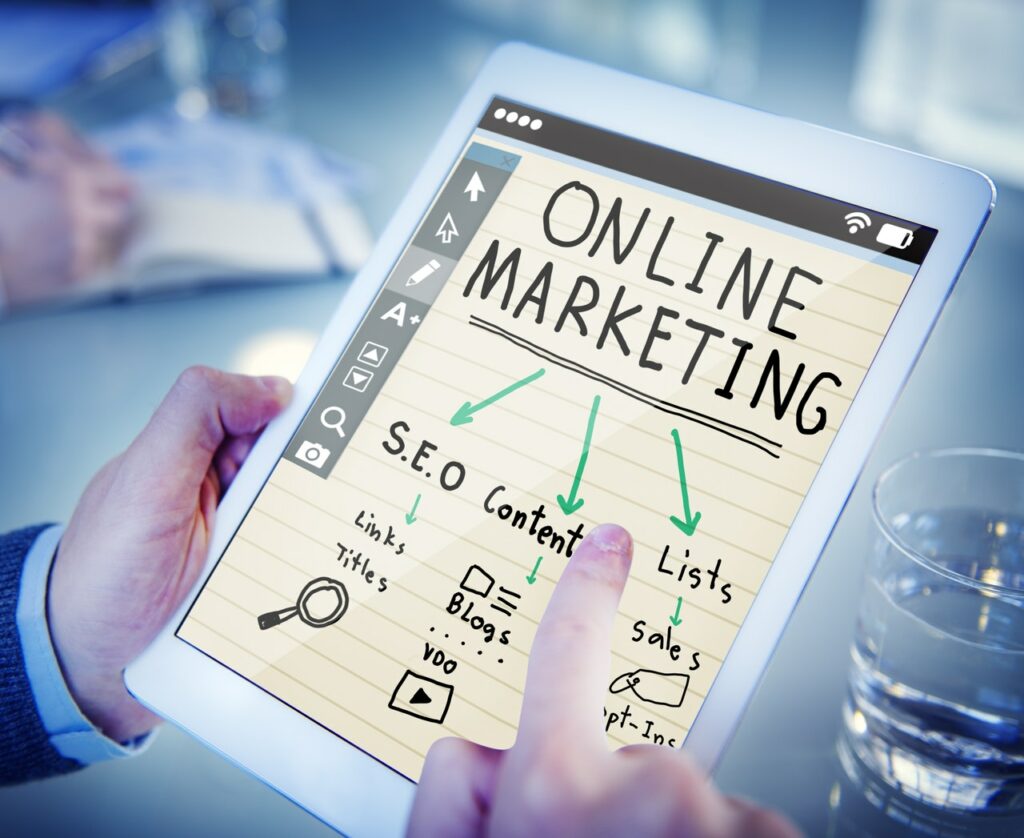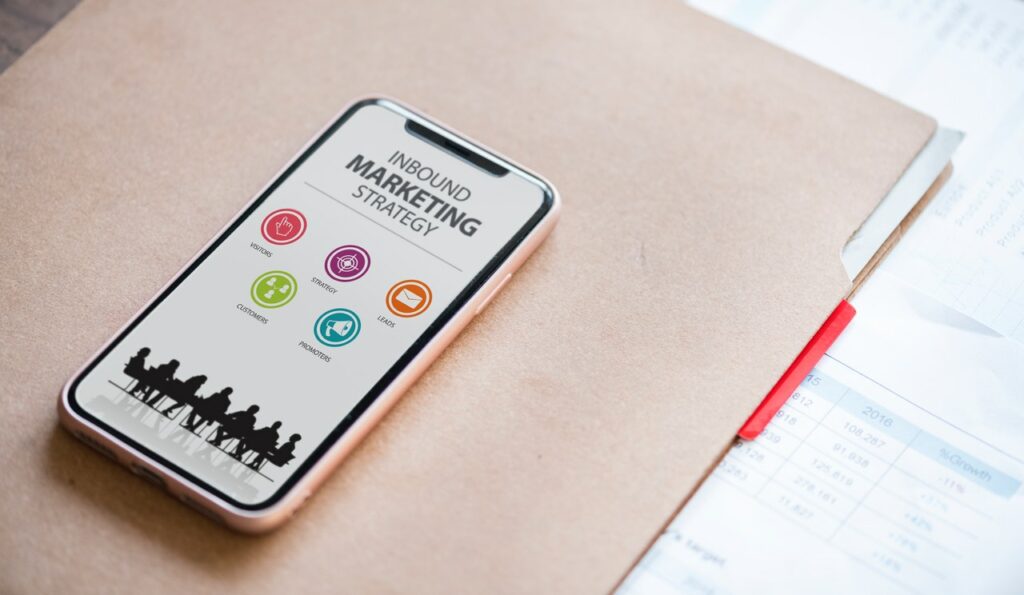With so many consumers connected to their devices, digital marketing is more important than ever. But it can be an overwhelming hurdle to tackle because there are so many digital components to cover. When you have limited time and resources to dedicate to your digital marketing strategy, it can be hard to reach your goals.
Digital marketing isn’t an all–or–nothing process. If you start with a strong foundation, you can grow and scale as your time and resources allow. But if you rush forward without a plan, the whole house of cards can tumble down.
Let’s take a look at the top five elements you need for an effective digital marketing strategy.

Search Engine Marketing
When we talk about search engine marketing or SEM, we’re talking about search engine optimization (SEO) and pay-per-click advertising (PPC). That is SEO + PPC. The industry is always changing, so you need to stay current on algorithm updates and policy changes to make sure you’re getting the most visibility for your efforts. Start local and then scale up as your revenue increases and your budget allows.
Content Marketing
If you’re looking to increase your search engine rankings, you’ll need to employ a content marketing strategy. Get yourself into the practice of publishing consistent, fresh, quality content that your target audience will benefit from. When creating your content marketing strategy, be sure to vary the formats. You can includeblogs, video, tutorials, infographics, and more to provide your clients, customers and prospects with relevant content.

Social Media
Social media is a great way to reach your prospective clients and customers where they spend their time. That’s why you should have a solid idea of who your target audience is before you spend time on social media platforms that aren’t relevant to them. It’s not enough to post on social media. To see a return, you need to be active, informative, and both join and start conversations. Your participation in social media will humanize your brand, helping prospects better relateto your business.
Email Marketing
Emails are the perfect way to provide your target audience with compelling information right to their inbox. Keep them uptodate on the latest news relevant to your business or market. Offer deals and discounts to close leads or continue relationships. By checking in with your list from time to time, you gently remind them that you’re there. Staying top of mind with your clients and customers is a great way to foster repeat business as well as garner referrals.

Inbound Marketing
Cold calling is a thing of the past. Save time and money by developing content that brings your target audience to you. Start by identifying one of their pain points and create a landing page around that challenge. Offer a way to solve that problem, and ask for their email address in exchange for the solution. Then, with automated emails, you can guide these prospects through their journey, and identify the most qualified leads to close the deal.
Measuring Your Successes
Measuring what worked, and what didn’t, is how you can make informed decisions to optimize your efforts and strategy. But there are some essential things to consider when looking at your metrics:
- Start by identifying your budget to create a marketing plan that fits within those parameters.
- Set your key performance indicators (KPIs). Make sure they’re realistic based on your budget.
- Let your campaign run for a minimum of 3 months.
- Refer back to your KPIs to determine what worked and what didn’t.
- Make adjustments based on your analysis of successes and failures.
With a multichannel marketing approach, you have to keep fractional attribution in mind when calculating your Return on Investment (ROI). It’s crucial to apply an appropriate weight to every touchpoint along a buyer’s journey. For example, a customer or client may not have made a purchase after seeing your Facebook post, but maybe they later see your ad in a search result and, remembering your informative social media post, click through to your website. Those actions combined are what finally made them pull the trigger to either make a purchase or contact you.
Now that you have the digital marketing roadmap, it’s time to get started. Begin with local SEO and PPC strategies and make your way through the list of other components as your time and budget allow. For help determining a digital marketing strategy that’s right for your business, contact the Revelation Creative™ team today.
